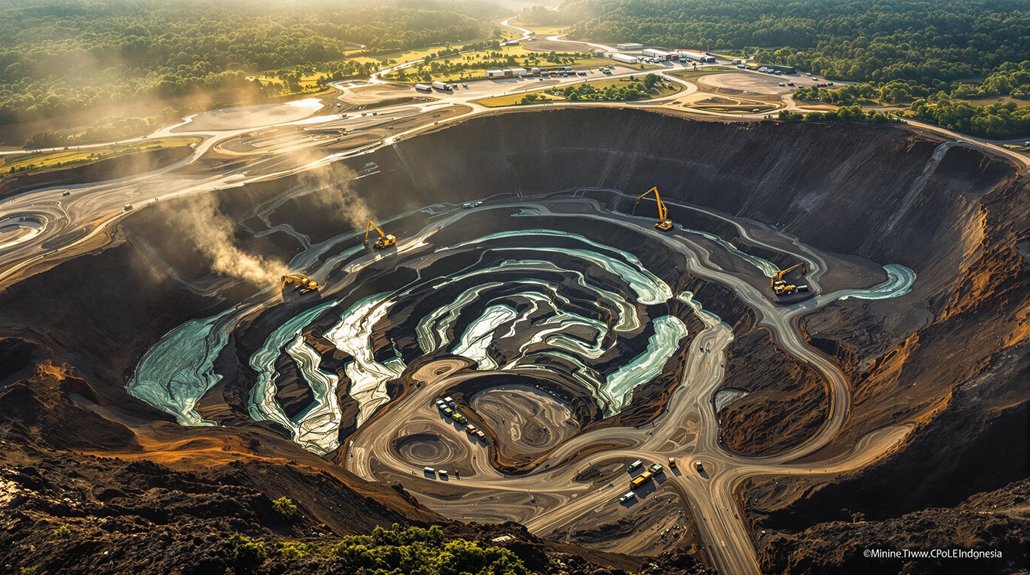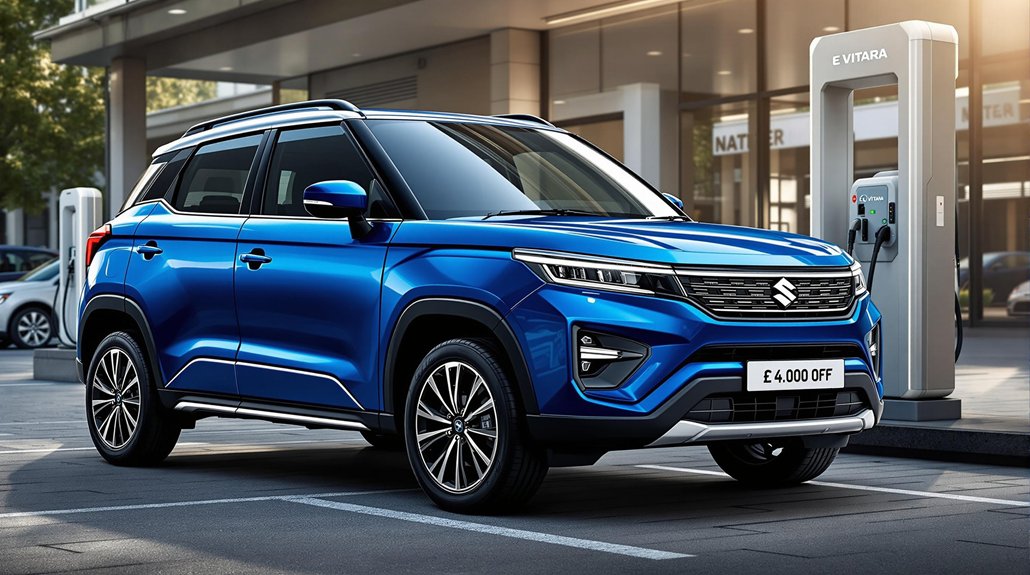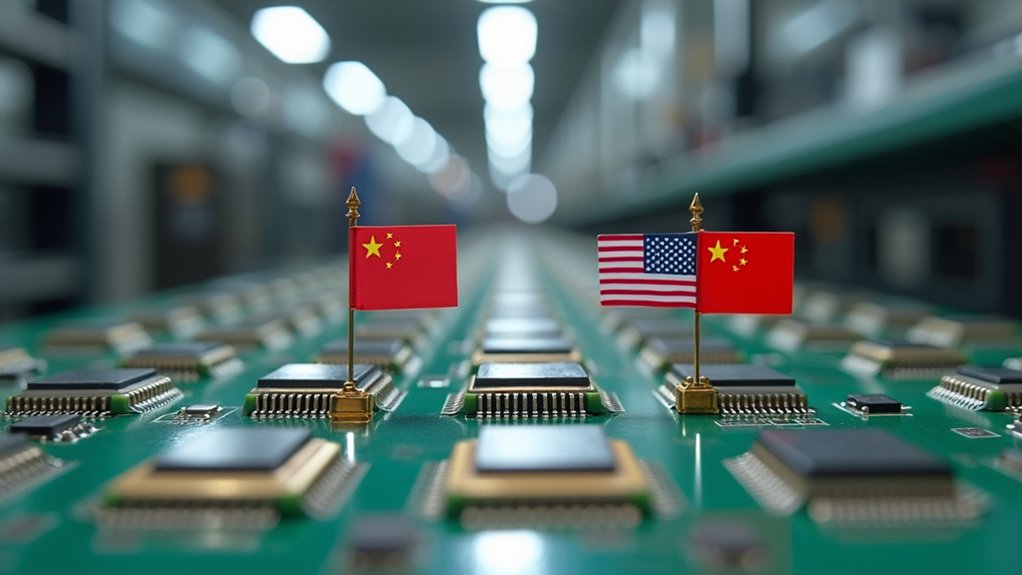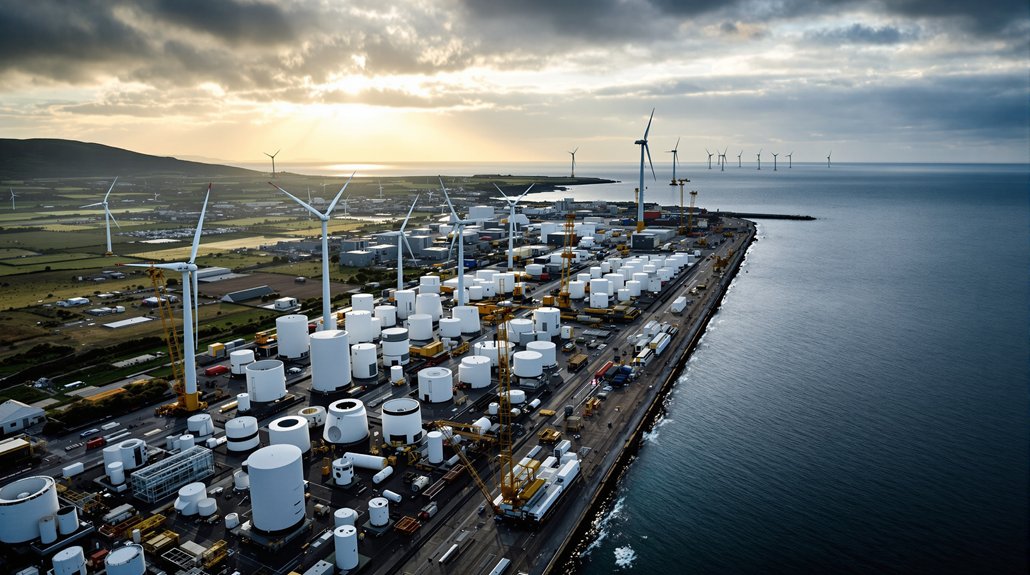While Indonesia’s dominance in global nickel production was already well-established, the recent discovery of a massive new deposit has sent shockwaves through commodities markets and triggered a volatile trading frenzy in mining stocks worldwide. The find is projected to boost Indonesia’s already substantial market share to over 63% by late 2025, fundamentally altering supply dynamics in a metal vital to electric vehicle battery production.
Mining equities responded with remarkable enthusiasm, with several nickel-focused stocks surging 5-15% in the week following the announcement. The rally notably outpaced the broader base metals index, though western producers showed mixed performance. Junior exploration companies, often overlooked by mainstream investors, suddenly found themselves among the highest trading volumes during what traders now call the “nickel frenzy” window.
Nickel explorers became unexpected market darlings during the trading frenzy, capturing unprecedented investor attention and volume.
The price response presents a more complex picture. Nickel hit a five-year low of US$13,815 per tonne in April before climbing to US$15,510 in June after the discovery news broke. I’ve rarely seen such contradiction between stock performance and underlying commodity prices. The market has experienced significant price fluctuations throughout May, with values reaching as high as US$15,850 before retreating.
The disconnect stems from ballooning global inventories, which skyrocketed from 38,200 metric tons in May 2023 to a staggering 230,600 metric tons by April 2025. This surplus reflects the uncomfortable reality that Indonesian and Chinese production expansion has outpaced EV sector demand growth. This imbalance has led to approximately 32% of production lines being reported offline globally. Several automakers have recently announced revised battery chemistries less dependent on nickel, further clouding demand prospects. These developments come despite the global EV market reaching 1.2 million sales in February 2025, highlighting the complex relationship between vehicle adoption and raw material demands.
The trading range has remained relatively constrained between US$14,800-15,800 per tonne throughout Q2-Q3. Western producers face particularly difficult decisions, with many forced to cut output or idle mines due to uncompetitive cost structures. The consensus forecast now anticipates prices declining to US$14,769 per tonne by quarter’s end.
Unless global EV adoption accelerates markedly beyond current projections, the newfound Indonesian resources risk pushing the market into prolonged oversupply.






